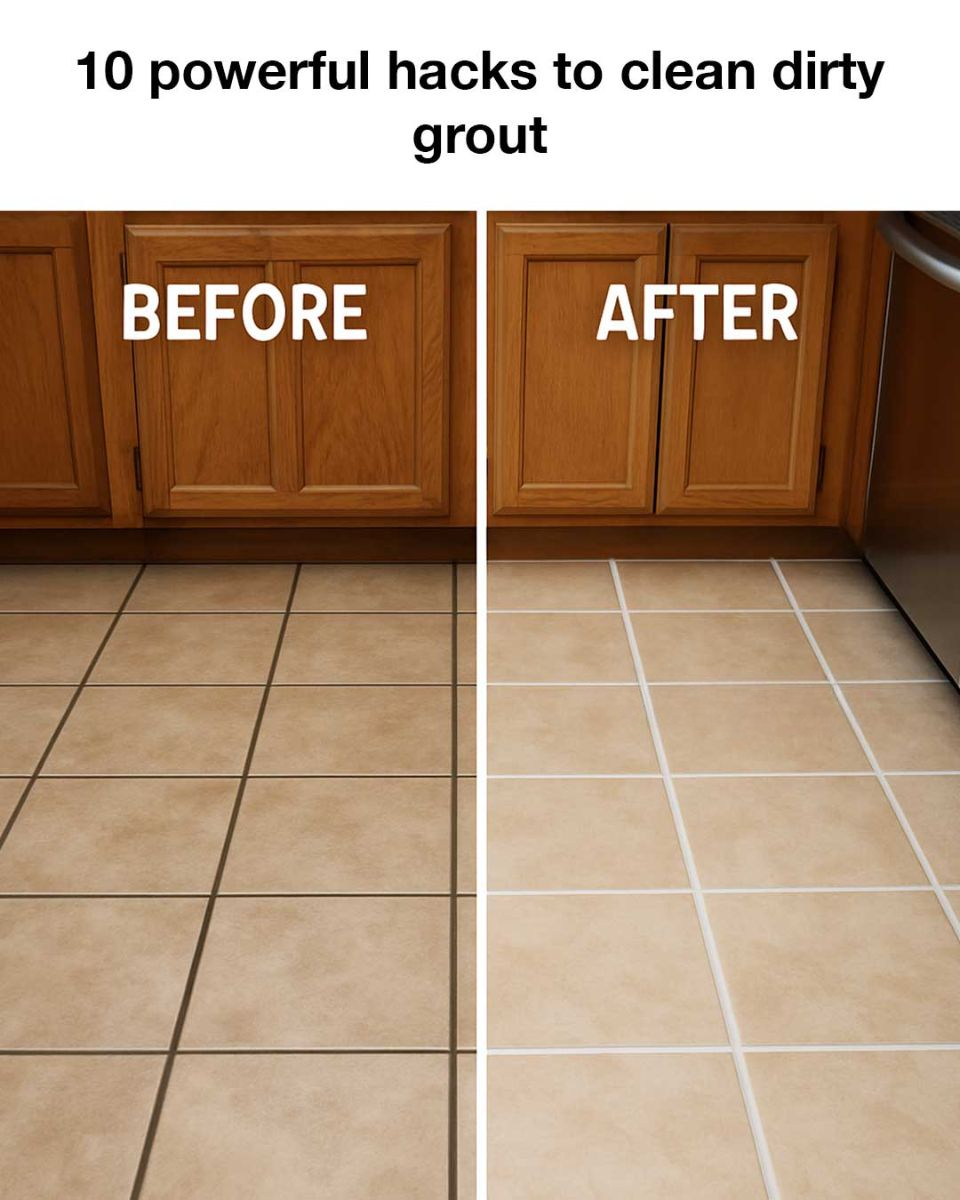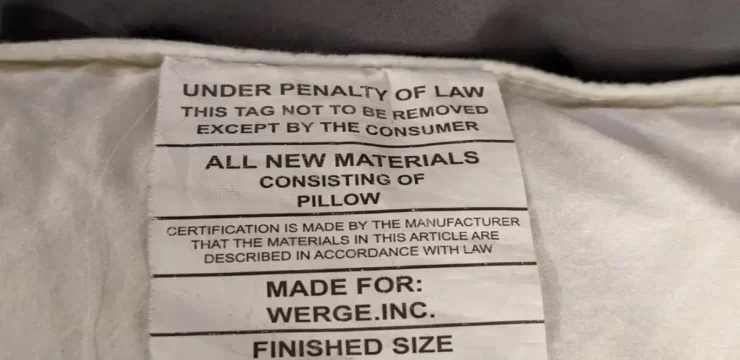Grout may not be the first thing you notice in a room, but when it’s dirty, it can ruin the look of even the cleanest space. Found between tiles, grout is incredibly porous, which makes it a magnet for dirt, moisture, mold, and mildew—especially in kitchens and bathrooms. Because of its texture and narrow lines, it traps grime easily and can be tough to clean without the right approach.

Beyond just aesthetics, dirty grout can become a health hazard by harboring mold and bacteria, which may worsen allergies or impact indoor air quality. Over time, neglecting your grout can cause it to deteriorate, potentially loosening tiles and leading to expensive repairs. Fortunately, you don’t need to rely on costly professional services to restore your grout. There are plenty of effective do-it-yourself hacks that can refresh those lines and bring them back to life. One of the most reliable home solutions is the classic combination of baking soda and vinegar. Mix baking soda with water to form a thick paste and spread it generously over the grout lines. Then, spray or pour white vinegar on top. This mix will fizz, helping to break down grime and lift it from the surface. After a few minutes, scrub with a stiff brush and rinse well. It’s a natural, chemical-free option that works wonders.
Another powerful mixture is hydrogen peroxide and baking soda, particularly effective on stained or discolored grout. Mix equal parts into a paste, apply to the grout, let it sit for around ten minutes, scrub, and rinse. This not only helps brighten grout but also kills mold and mildew. If you want a solution that smells fresh while gently scrubbing, try combining lemon juice with borax. Lemon has natural whitening properties and borax adds mild abrasiveness, making it a great combo for lifting stains. Mix them into a paste, apply to the grout, wait 10 to 15 minutes, scrub, and rinse. It leaves your grout looking clean and your space smelling great. For deep grime or large areas, steam cleaning can be incredibly effective without using any chemicals.
A steam cleaner equipped with a grout nozzle penetrates into the porous grout and blasts away dirt, mold, and bacteria. This method is especially helpful in places with high moisture, like showers or tiled entryways. Just make sure your grout and tile are suitable for steam cleaning to avoid damage. When natural methods don’t do the job, oxygen bleach can provide an extra boost. It’s less harsh than chlorine bleach and safe for colored grout. Mix according to instructions, apply to the grout, let it sit for 15 to 30 minutes, scrub, and rinse. It’s ideal for tough stains and restoring brightness.
Commercial grout cleaners are also an option and come tailored for issues like soap scum, grease, or mold. These products often contain strong ingredients designed to dissolve buildup and return grout to its original color. Always follow the product instructions and make sure the cleaner is safe for your tile type. Don’t underestimate the power of simple tools—an old toothbrush and dish soap can work surprisingly well. The small bristles are perfect for detailed scrubbing, and the soap helps break down grease and dirt. Apply a little soap directly to the grout, scrub with the toothbrush, then rinse. It’s great for regular touch-ups or small sections. For those who want to make the process faster and easier, consider using a drill with a grout-cleaning brush attachment. Just apply your cleaner, attach the brush to your drill, and let the motorized scrubbing handle the hard work. This is a huge time-saver for large tiled areas or very dirty grout. Once your grout is clean, take the extra step to protect it with a grout sealer. Sealing creates a barrier that prevents moisture, dirt, and stains from settling in again. Apply with a brush or applicator and follow the product’s directions. Reapply every six to twelve months to keep it effective. Lastly, stay ahead of the dirt with simple maintenance. Sweep or vacuum regularly to keep debris out of the grout lines, clean up spills right away, and wipe surfaces down weekly with a gentle cleaner. For areas that still look dull, a grout pen can quickly refresh the color and keep things looking tidy. By using these ten practical grout-cleaning hacks and staying consistent, you can keep your tile surfaces clean, bright, and long-lasting without much hassle.





